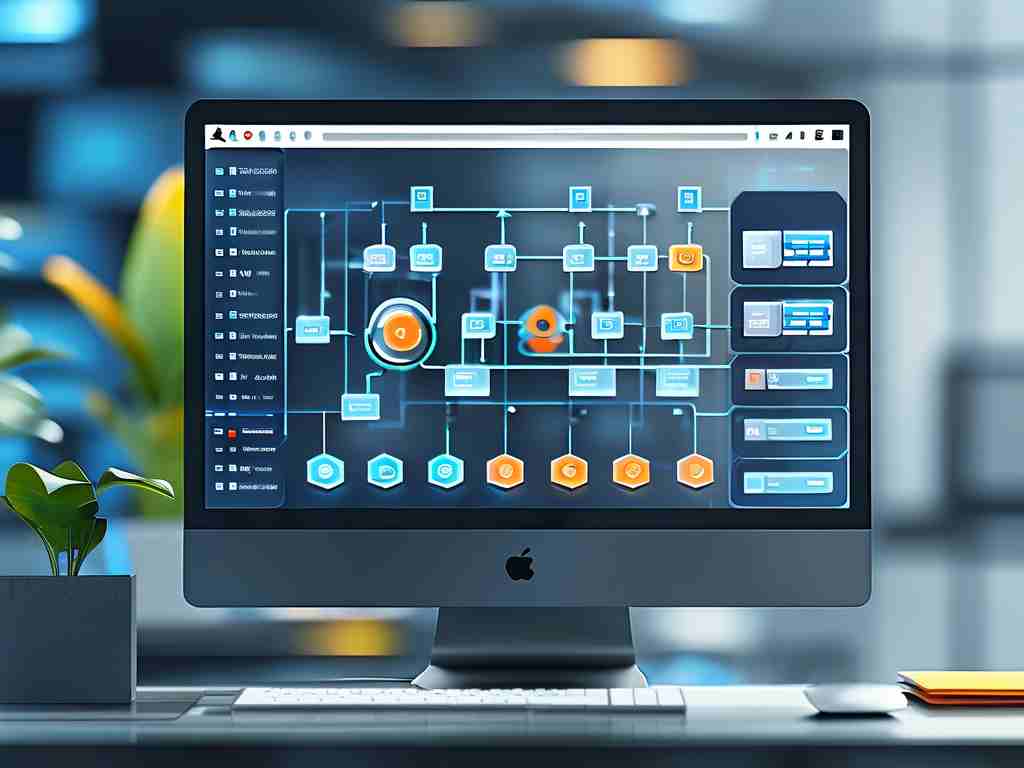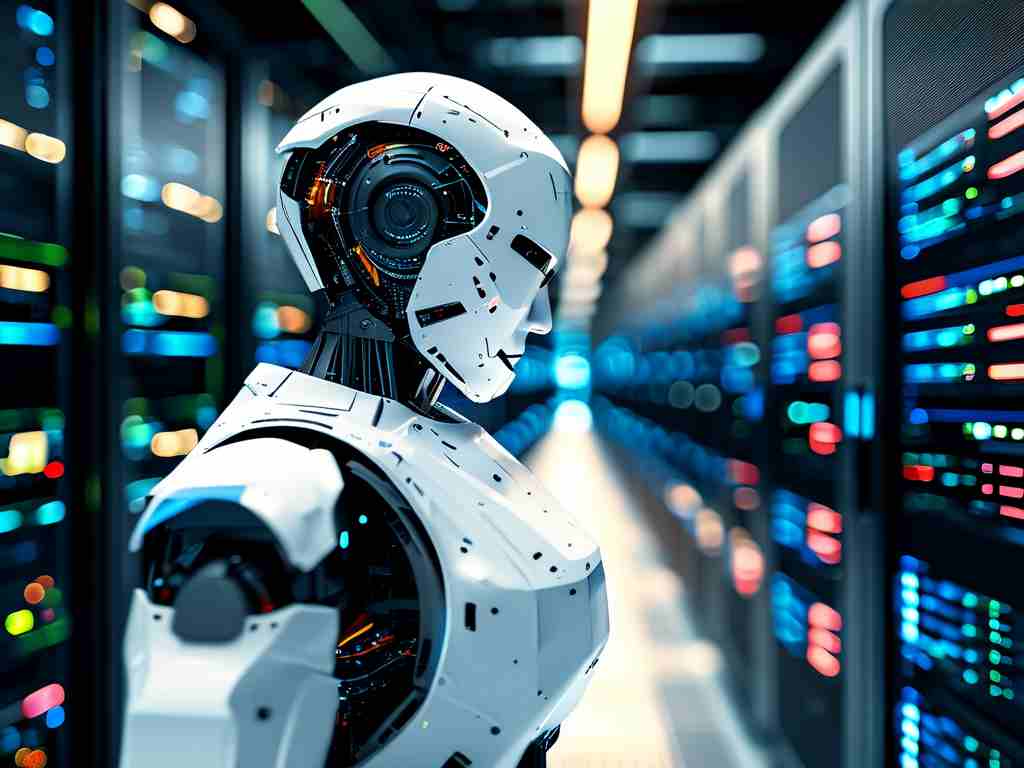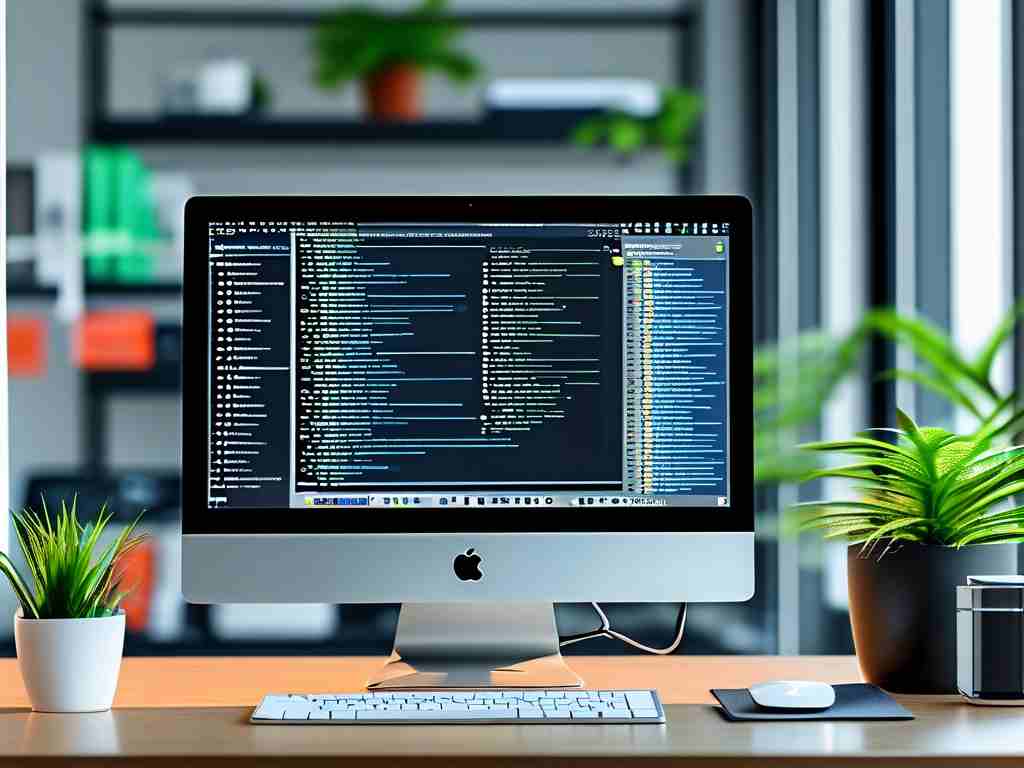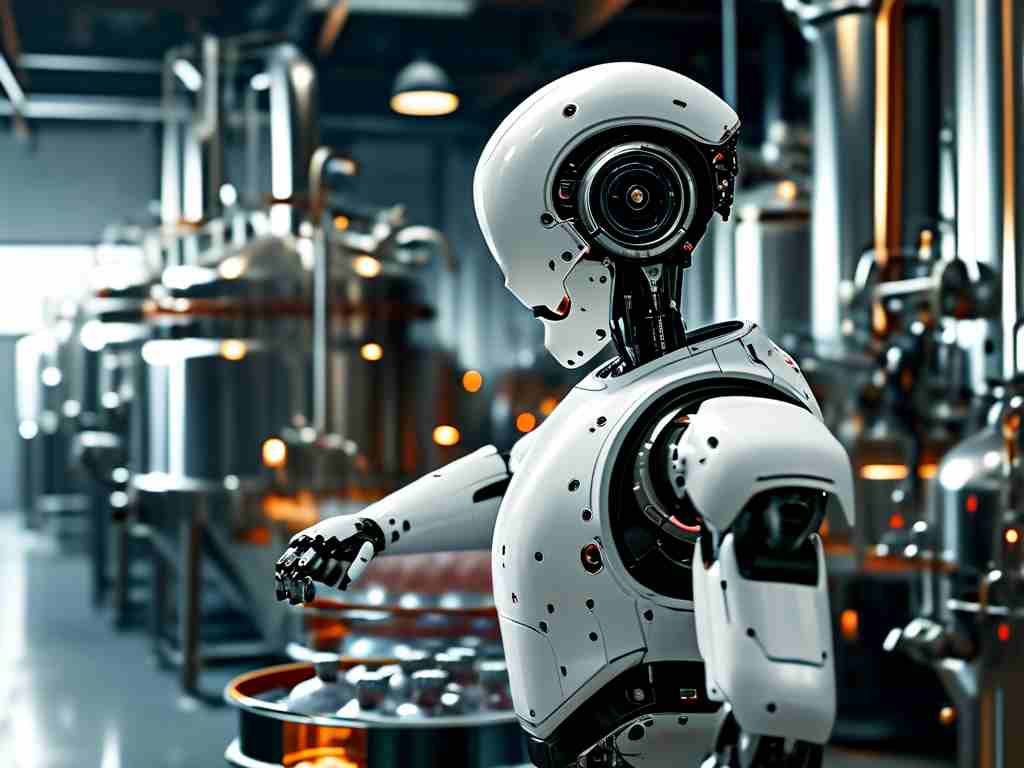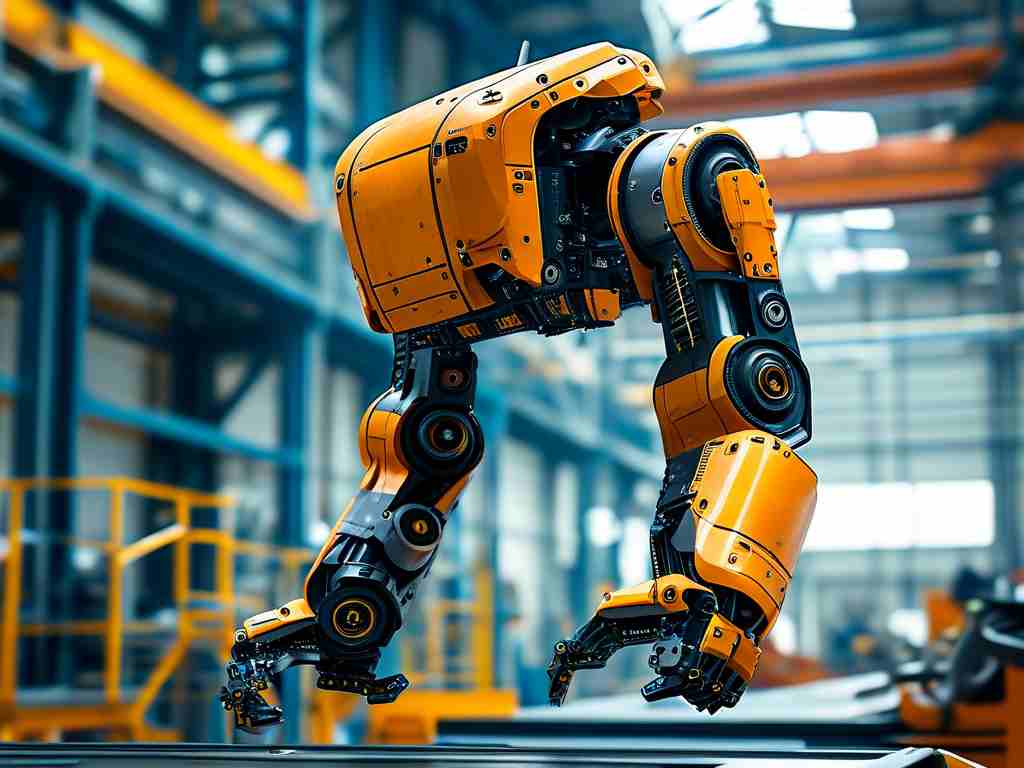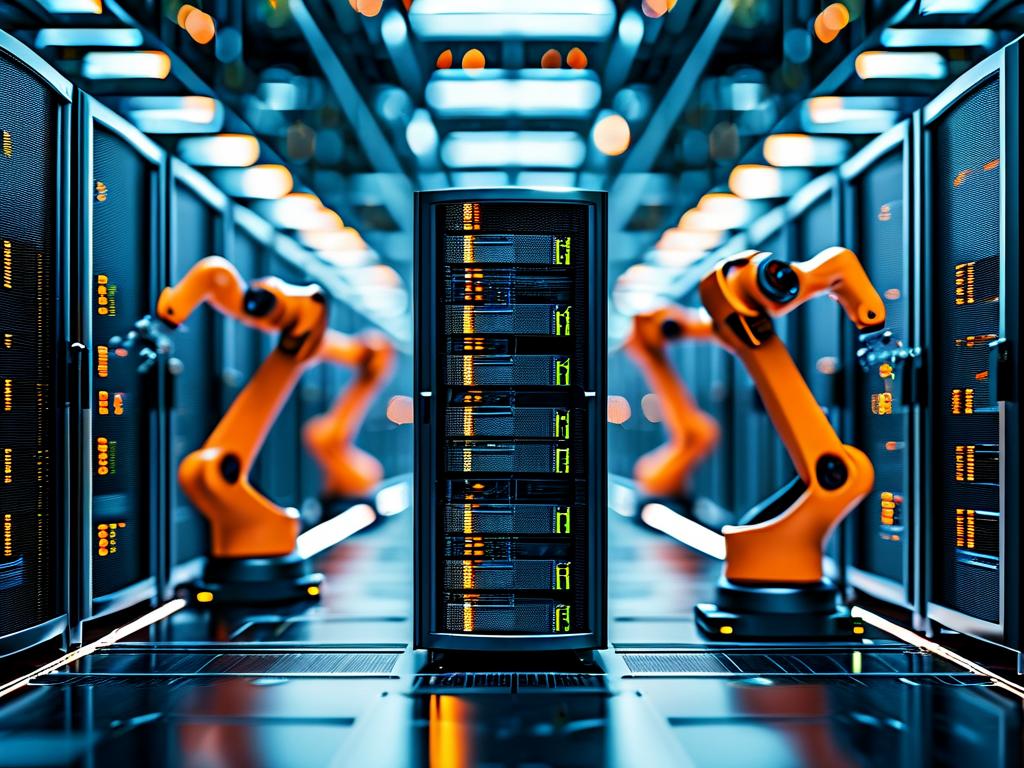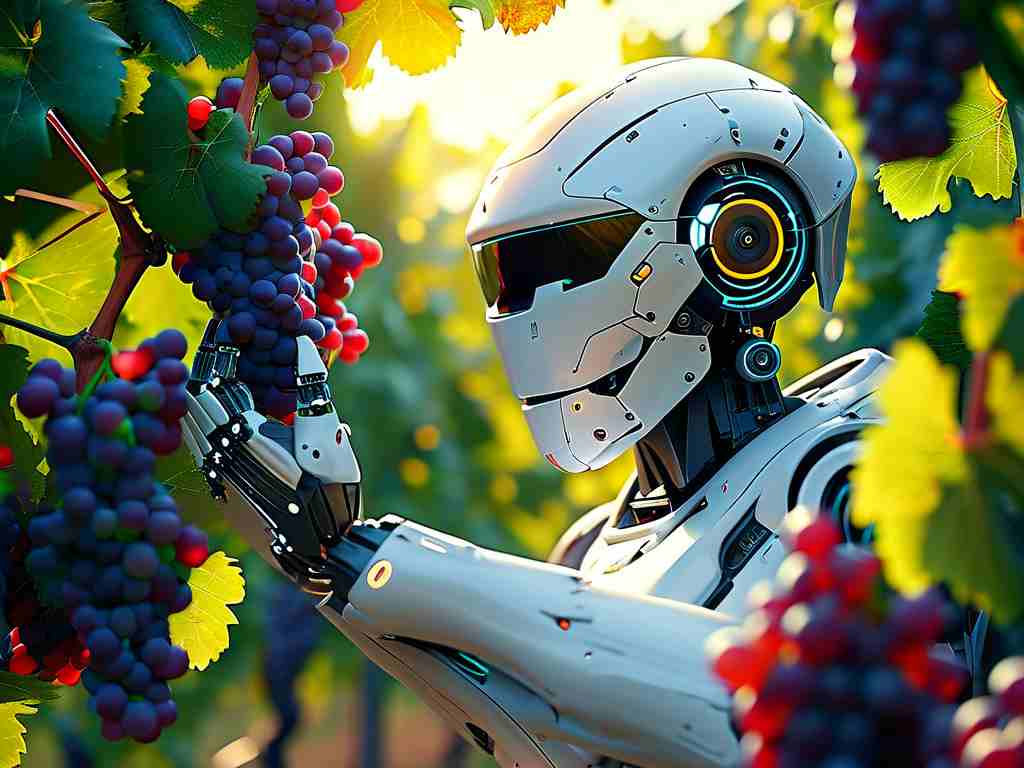Robotic grasping technology has transformed how machines interact with the physical world, enabling precise and efficient handling of objects across diverse sectors. This innovation leverages advanced sensors, artificial intelligence, and mechanical systems to mimic human dexterity, opening doors to unprecedented automation in industries like manufacturing, logistics, and healthcare. By analyzing real-time data from cameras and tactile sensors, robots can adapt to varying shapes and textures, minimizing errors and boosting productivity. For instance, in automotive assembly lines, robotic arms equipped with smart grippers grasp components with sub-millimeter accuracy, reducing assembly time by up to 40% while ensuring worker safety by taking over hazardous tasks. Similarly, in e-commerce warehouses, autonomous robots use grasping algorithms to sort and pack thousands of items daily, cutting operational costs and speeding up deliveries to meet consumer demands.
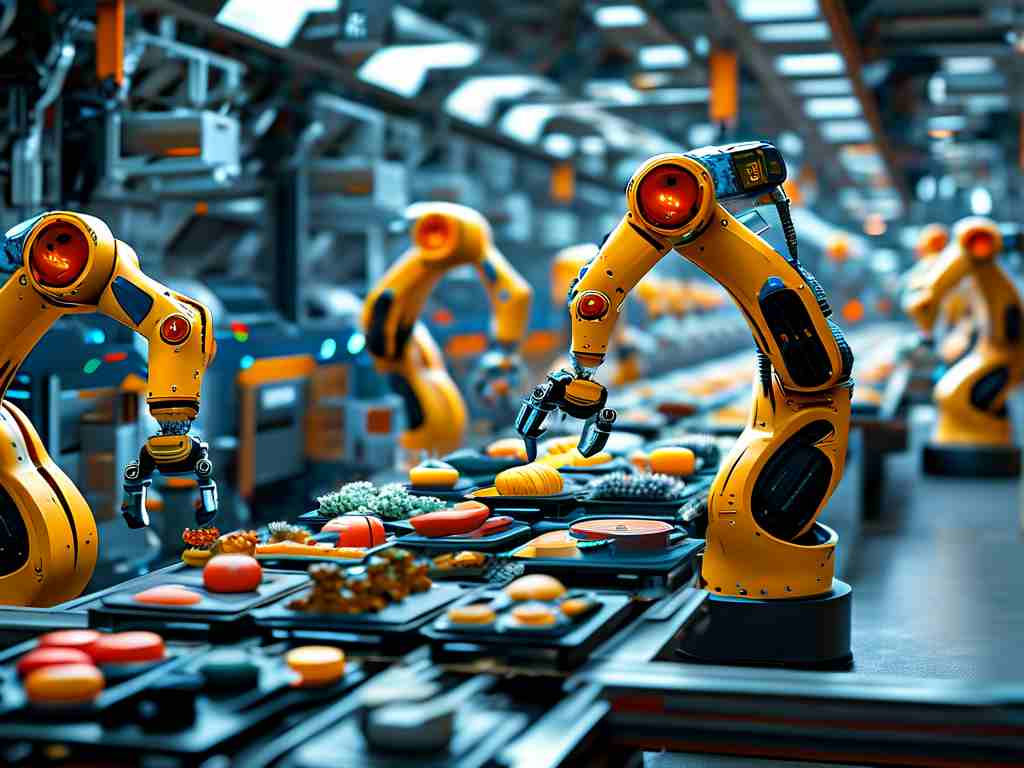
The applications extend beyond industrial settings into delicate fields such as medical surgery, where robotic systems assist in minimally invasive procedures. Surgeons rely on these tools to grasp tissues or instruments with steady precision, enhancing outcomes in complex operations like neurosurgery or organ transplants. This not only improves patient recovery rates but also allows for remote operations, expanding access to specialized care in underserved regions. Moreover, in agriculture, robotic harvesters employ grasping technology to pick fruits and vegetables without bruising them, addressing labor shortages and reducing food waste. These examples underscore how the technology fosters sustainability and economic growth, as businesses report higher yields and lower resource consumption.
Underpinning these advancements are sophisticated algorithms that enable robots to learn from experience. Machine learning models, trained on vast datasets of object interactions, allow systems to predict optimal grip points and adjust force in real-time. Code snippets, such as Python-based scripts using libraries like OpenCV for image processing, demonstrate this capability:
import cv2
import numpy as np
# Detect object edges for grasp planning
image = cv2.imread('object.jpg')
edges = cv2.Canny(image, 100, 200)
contours, _ = cv2.findContours(edges, cv2.RETR_EXTERNAL, cv2.CHAIN_APPROX_SIMPLE)
# Calculate centroid for stable grasping
if contours:
largest_contour = max(contours, key=cv2.contourArea)
M = cv2.moments(largest_contour)
cx = int(M['m10'] / M['m00'])
cy = int(M['m01'] / M['m00'])
grasp_point = (cx, cy) # Target for robotic gripper
This code highlights how visual data drives decision-making, ensuring reliable performance even in dynamic environments.
Despite its benefits, robotic grasping faces challenges like handling irregular or fragile items, which require ongoing research into adaptive materials and AI refinements. Innovations such as soft robotics and neural networks aim to overcome these hurdles, promising broader adoption in fields like disaster response, where robots could grasp debris in search-and-rescue missions. Looking ahead, the integration of 5G and IoT will enable real-time collaboration between multiple robots, further enhancing efficiency. As this technology evolves, it will reshape global industries, emphasizing the need for ethical frameworks to address job displacement concerns. Ultimately, robotic grasping stands as a cornerstone of modern automation, driving progress toward smarter, safer, and more sustainable futures.


